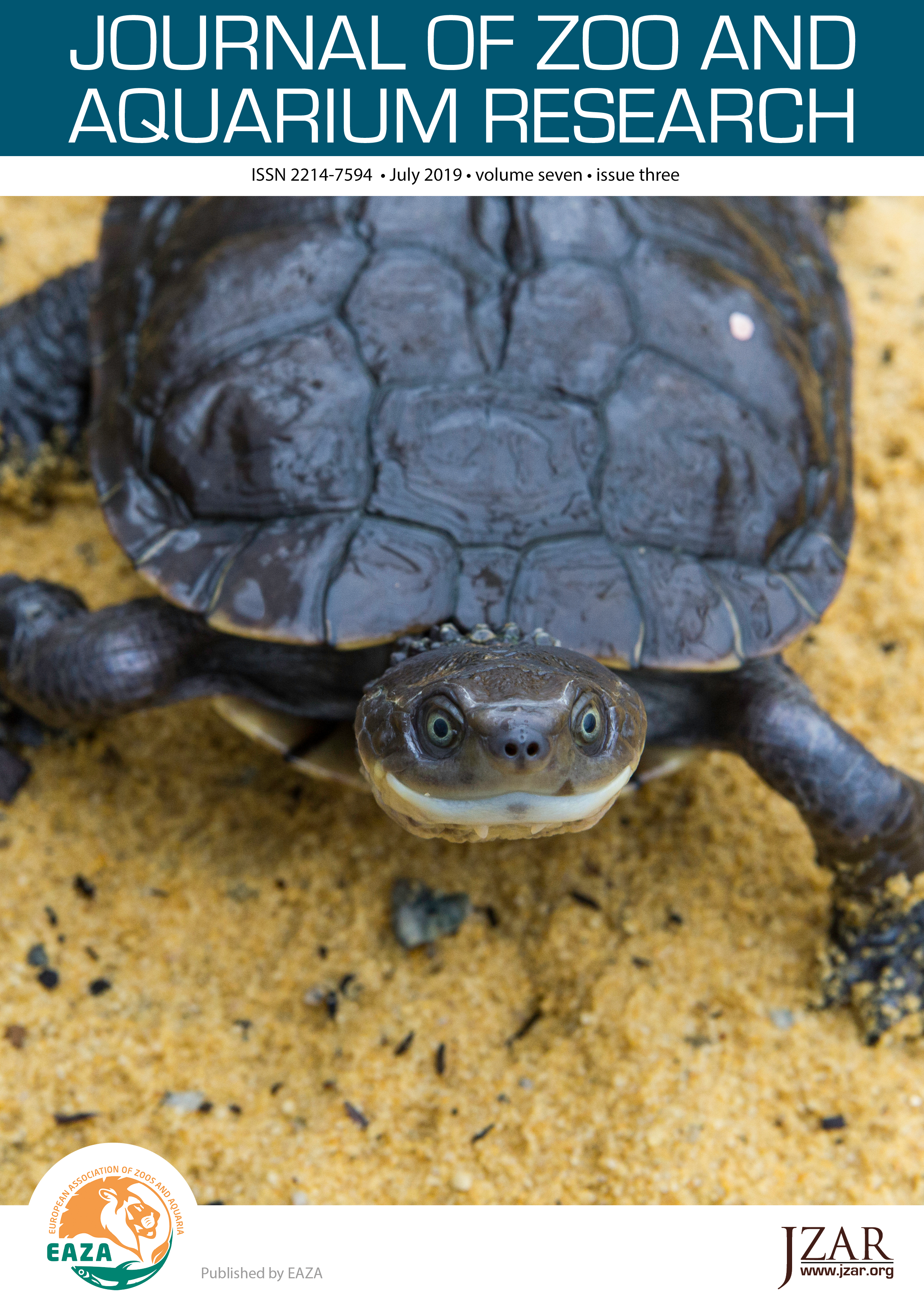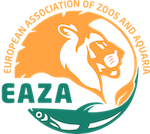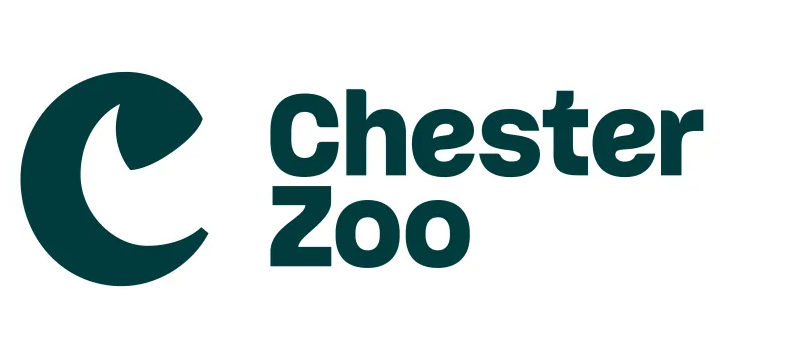Reduction of Aggression in a Captive Prairie Dog Colony Through Observation and Underground Burrow Mapping
DOI:
https://doi.org/10.19227/jzar.v7i3.366Keywords:
ground penetrating radar, fog machine, coteries, undergraduate research, RIZEAbstract
In 2015, staff at the Connecticut’s Beardsley Zoo reported seeing high levels of aggression within their exhibit prairie dog colony. Through RIZE (Research, Internships and Zoo Education), a service learning partnership between Fairfield University and The Connecticut’s Beardsley Zoo, we set out to better understand the potential sources of aggression by documenting the colony’s behavior and developing underground burrow maps, in order to minimize hostility and reduce instances of individual injury. Our observations and burrow maps suggest that this colony consists of two distinct coteries and that territorial food aggression between individuals of these different coteries was the principal cause of hostility. To test this hypothesis, we requested that zoo staff distribute the food within the enclosure so each of the two coteries had equal access to food. The redistribution of food according to coterie boundaries resulted in a sudden and dramatic decrease in aggression and fighting within the captive prairie dog colony. This study underscores the importance of regular observational work in understanding the dynamics of multiple individual exhibits and highlights the positive and practical impact that programs like RIZE can have for institutions like zoos and aquariums.
Downloads
Published
How to Cite
Issue
Section
License
JZAR fulfils the DOAJ definition of open access and provides free and open access to the full text of all content without delay under a Creative Commons licence. The copyright holder of JZAR publications grants usage rights to third parties, allowing for immediate free access to the work and permitting any user to read, download, copy, distribute, print, search, or link to the full texts of articles.







